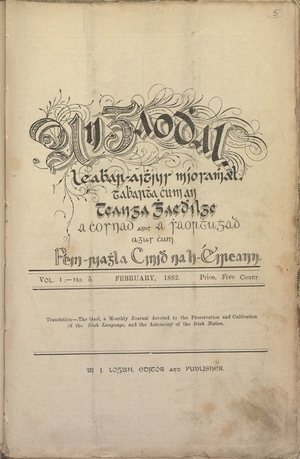Search Results for 'Gaelic League'
33 results found.
Pipes of 1916 rebel head west
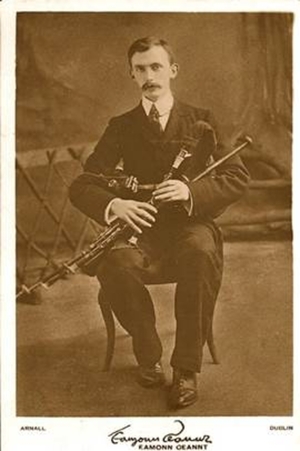
The set of uilleann pipes belonging to Galway’s signatory of the 1916 Proclamation, Eamonn Ceannt, will be returning west next month as part of the Ballina Salmon Festival in Co Mayo.
Galway University? a ‘godless College’
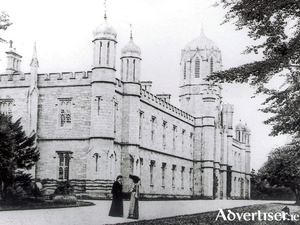
After Catholic Emancipation where for the first time Catholics won the right to be elected and to sit in the House Of Commons, the English government, led by an enlightened Robert Peel, believed it would be worth extending emancipation to third level education.
St Patrick’s Day parades of yesteryear

St Patrick may never have made it to Galway, I could not find any legend that associates him with the city, except maybe for anyone who went to Athenry to get their arse painted green. The anniversary of the saint’s death has been celebrated for many generations and the central focus of the day was usually the parade.
The story of the watch at Kiltartan

Gregory stayed at the Algonquin Hotel, on 44th Street, a few blocks from the Maxine Elliott Theatre where JM Synge’s play The Playboy of the Western World, opened on Monday November 27 1911. This was the Abbey Theatre’s first tour of America, and it was much anticipated. But its opening night was brought to a standstill by riotous and disruptive behaviour by a yahoo Irish element, who objected to its depiction of Irish womanhood. The play continued only after the police dragged off the worst offenders to jail.
‘I met Mary Hynes at the cross of Kiltartan - and fell in love with her there and then…’
One of the attractions for WB Yeats, when he was considering buying the old Norman tower at Ballylee, was that the surrounding countryside echoed with stories of Antoine Ó Raifteiraí (1799-1835), the blind minstrel, who frequented the south Galway area.
Back to school time
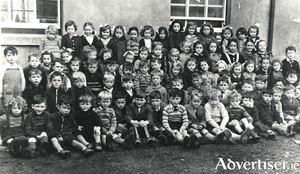
This is the time of the year when our thoughts turn to schoolbooks, copy books, pens and pencils, bus schedules, etc, as we prepare our children and grandchildren for the new school year. Inevitably it brings our thoughts back to our own school years, the friendships we formed, the teachers we liked or disliked. In those first days in class you felt you had been abandoned by your mother as she left you in with a crowd of complete strangers presided over by an adult that you had never seen before. In the case of anyone who went to Scoil Fhursa that adult was known as Bean Uí Duignan. She was a saint who quickly became a surrogate mother to every child that entered her classroom, walked them up and down the clós during sosanna, and prepared them for whatever was ahead.
Tomás Bán Concannon
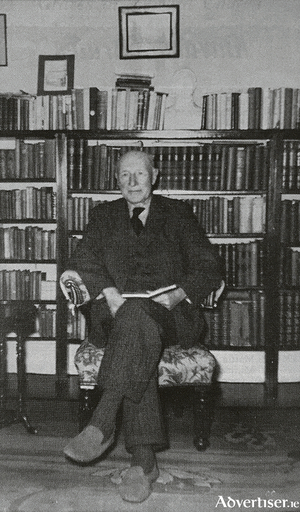
Tomás Bán Concannon was born on Inis Meáin 150 years ago on November 16, 1870, the son of Páidin Concannon and Annie Faherty. He was called ‘bán’ because of his blond hair and to differentiate him from other neighbours of the same name. He was educated on the island and, unusually for an islander, in the Monastery School in Galway. When he was 15 his brother brought him to America where he went to a number of colleges and attended Eastman College in New York where he graduated with an MA in accountancy. He spent some time working in a business selling rubber stamps, then in his brother’s vineyard in California, and he later set up a business in Mexico. It was there he came across a journal called Gaodhal published by Conradh na Gaeilge in the US. So he learned to read and write in Irish in Mexico.
What if a man was abducted and forced into marriage?

Daniel O’Connell has weaved in and out of the Diary columns in recent weeks and unexpectedly he appears again, not as the great political champion that he was, but in the interesting study of Marriage in Ireland 1660 - 1925. *
